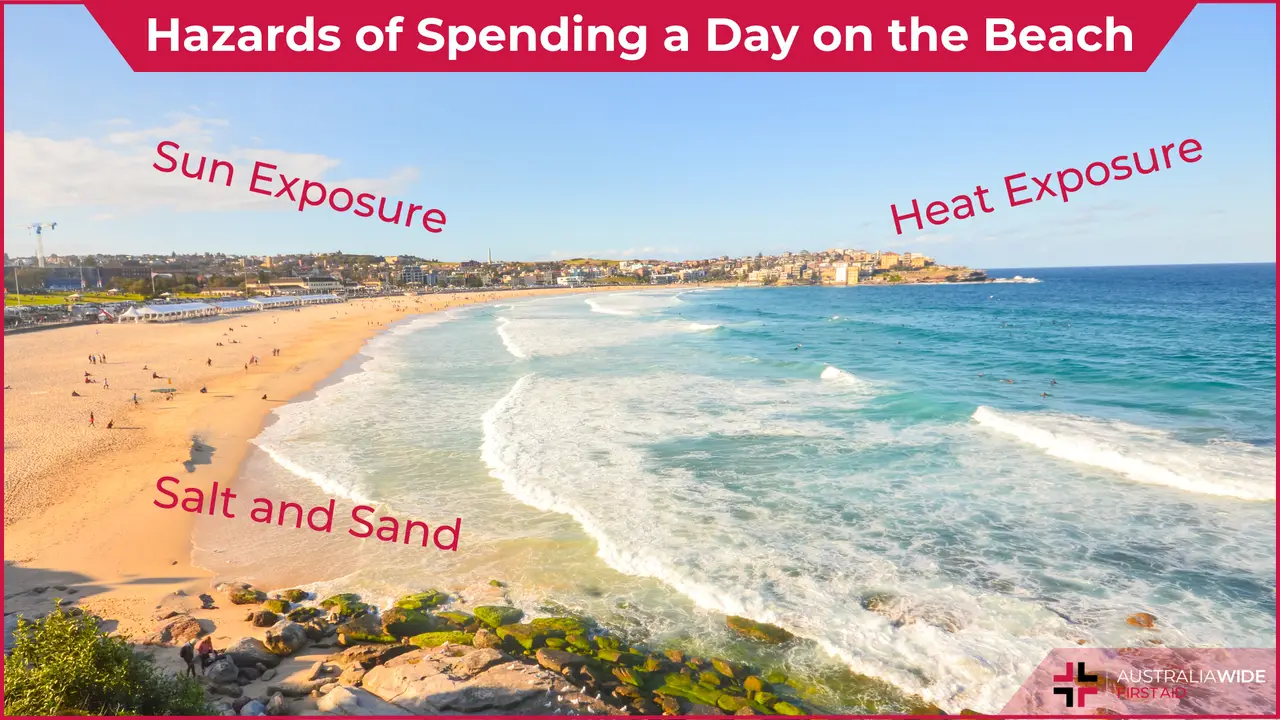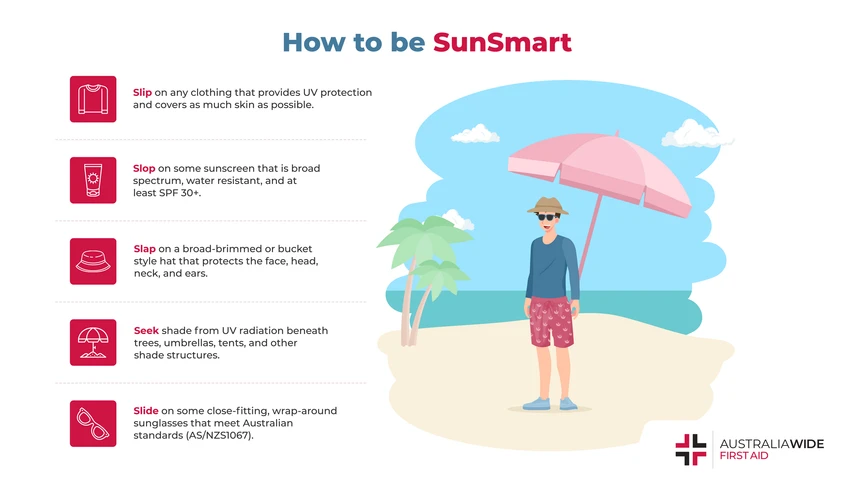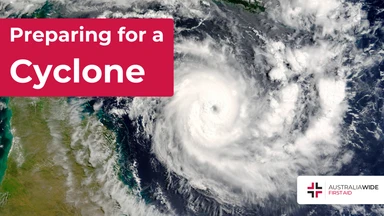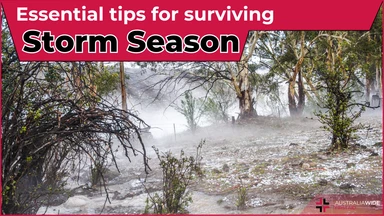Hazards of Spending a Day on the Beach


Australia is famous for its stunning beaches, but spending a day on the sandy shores Down Under can expose you to a unique set of hazards.
From the intense sun and scorching heat to the abrasive sand and salty sea, beachgoers need to be aware of the potential risks and take precautions to stay safe.
This article will explore the hazards of spending a day at an Australian beach, focusing on sun exposure, heat exposure, and sand/salt exposure. We will also provide warning signs to look out for and treatments for each of these hazards.
Australia's abundant sunshine is a major draw for beachgoers, but it's also a significant hazard.
The country's proximity to the ozone hole means that UV radiation levels can be exceptionally high, leading to an increased risk of sunburn and skin cancer.
Australia has one of the highest skin cancer rates in the world, with more than two thirds of Australians being diagnosed within their lifetimes. Of those, about 2000 will die each year.
Warning Signs:
Prevention:
Treatment:

The Australian sun can be scorching, and the combination of high temperatures and physical activity at the beach can lead to heat-related illnesses, such as heat exhaustion and heatstroke.
Heat exhaustion and heatstroke are different. Heatstroke is a life-threatening medical emergency, and Triple 0 should be called immediately.
Heat exhaustion will precede heatstroke, so being able to recognise the signs and symptoms and take action quickly will reduce the risk of developing heatstroke.
Warning Signs:
You can check out our handy chart for the progression of heat-induced illnesses, or delve further with our article Heat Exhaustion vs Heat Stroke.
Prevention:
Treatment: If you or someone else experiences symptoms of heat exhaustion or heatstroke, swift action can be lifesaving.
While the soft, sandy beaches of Australia may seem inviting, the abrasive nature of sand and the high salt content in seawater can pose their own set of hazards.
Warning Signs:
Prevention:
Treatment:

Australia's beautiful beaches are a quintessential part of the country's lifestyle, but they can be hazardous if proper precautions are not taken.
To enjoy your day on the beach safely, be aware of the risks of sun exposure, heat exposure, and sand/salt exposure, and take preventive measures to protect yourself and your loved ones.
By staying sun smart, keeping cool, and avoiding unnecessary risks, you can ensure a safe and enjoyable beach experience in the Land Down Under.

March 3, 2025
Injuries during cyclones often result from flying debris, collapsing structures, and flooding. Knowing basic first aid can help prevent further harm while waiting for emergency services.

March 3, 2025
If a cyclone makes landfall, meaning that it crosses from the sea onto land while still being strong enough to be classified as a cyclone, the damage it can cause can be disastrous. Preparation is key to minimising the risks associated with cyclones. The damaging weather can last for days, exacerbating risks as hazards intensify.

November 1, 2024
Severe storms are a common and dangerous occurrence in Australia, particularly in regions like Queensland. These storms can bring large hail, damaging winds, heavy rain, and occasionally tornadoes, all of which can put both people and property at risk. Preparing for and responding to severe storms effectively is key to ensuring safety.